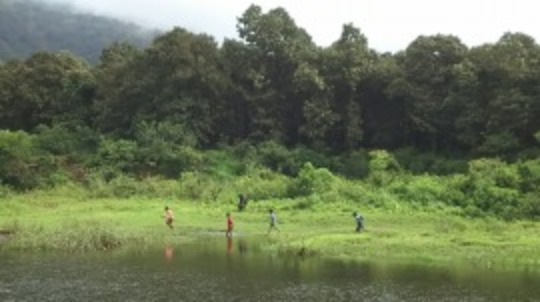
Report: Study Trip to South India ── The Body Speaks Shiho Morimoto
- Time and Date:
- September 13(Wed.) to September 18 (Mon.), 2017
- Location:
- Kerala, India
- Organized by:
-
Educational Project 1 “Shape of Life,”
Integrated Human Sciences Program for Cultural Diversity, The University of Tokyo
1 Abstract
As an extension of the S semester class “Theatre Praxis as a Shape of Life,” a study trip to Attappady (Kerala, India) was held from the 13th to 18th of September, 2017. During the regular course, the participants practiced “extremely slow walking” under the direction of Ms. Tomoko Ando, a performer who worked in the play The Water Station (1981), directed by Shogo Ohta, using this extremely slow-motion technique. The main activities in the trip to Attappady were visiting Mr. Sankar Venkateswaran, an Indian director who worked on The Water Station in 2011, and attending workshops by Ms. Ando and Mr. Sankar, with a few Indian performers, at Mr. Sankar’s handmade Sahyande Theatre.
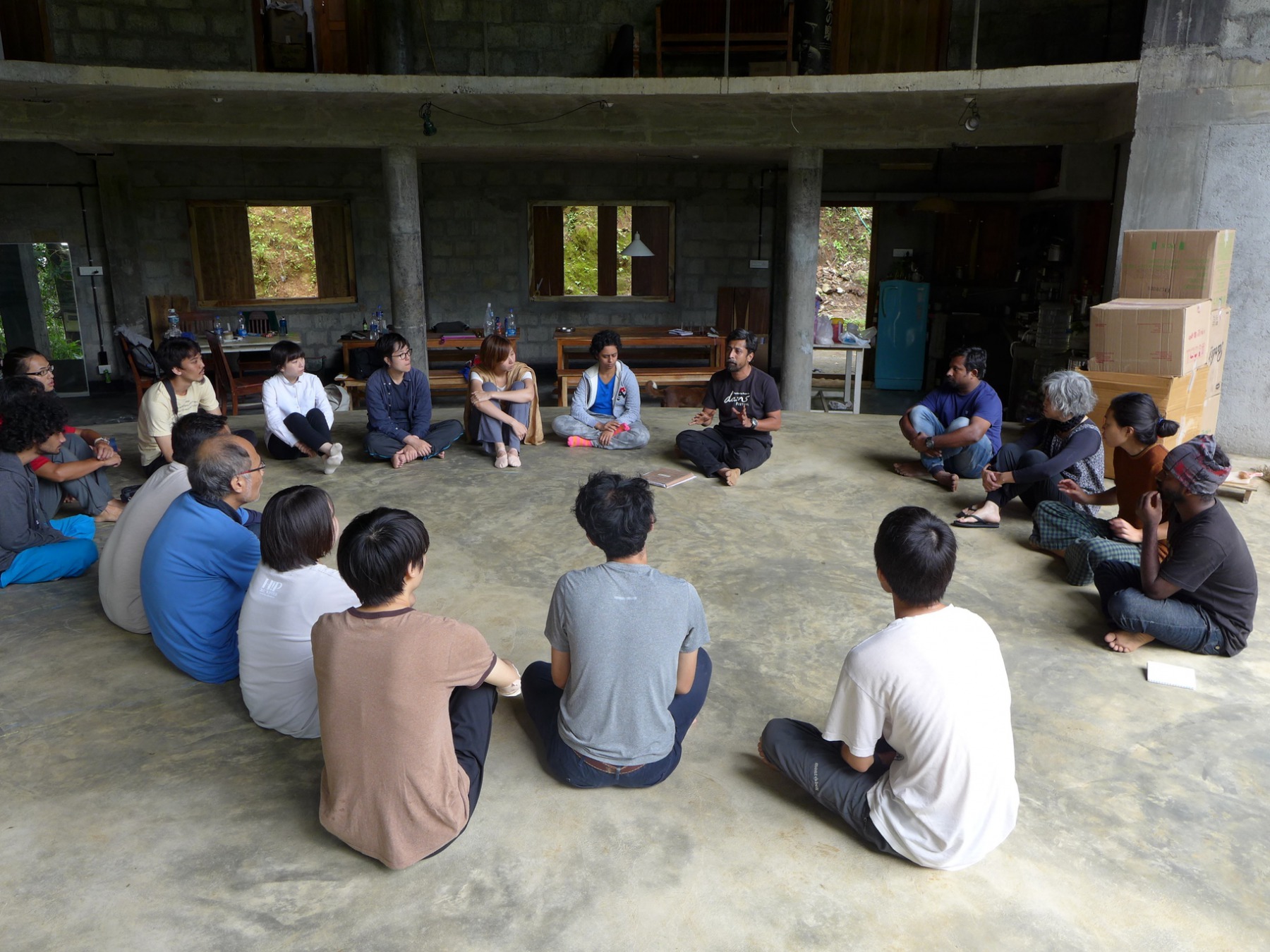
In this trip, the members from the “Shape of Life” class and the participants from India worked together, and shared some time and destiny for a while, as if the paths of our lives converged, extended in the same direction, and split away with slight but definite change in their shapes. In my opinion, that was the significance of the trip.
Although experiencing a “different culture” or “cross-cultural” communication is often emphasized, I found it more important and wonderful to be sharing something as human beings, or as “Shapes of Life.” This theme seemed to be deeply connected to our original activity of performing without words in a fictitious place on stage. In this essay, I would like to share with the readers how different all of us were, and what we shared, from the point of view attained through practicing “extremely slow walking.”
2 The Water Station and the Praxis of Extremely Slow Walking
The body speaks a lot without any language spoken aloud. This is the main message of our trial in non-verbal theatre with Ms. Ando. During the regular classes, she had told us that one of Shogo Ota’s intentions of using this method is to reveal sensitive, slight emotions such as shame or hesitation, which are often overlooked in everyday lives. Also, we did some training in the class to make “the moment of change in mind” stand out, by idealizing the condition of mind as being neutral, inside, or outside. In this training, the slowness of the motion seemed to let us trace the change in mind more closely than we would at usual speed. In addition, through searching what I felt during walking, moving, and interacting with other people in a very slow flow of time, I learned that subtle changes in one’s body ── posture, gaze, and motion ── imply the state of one’s mind.
Even though I was able to understand the concept and enjoy the practice of “extremely slow walking,” it was still very difficult to me to perform the concept. However, I ran into an incident through which I felt that I really understood what this idea of “the body speaking” meant in the real life in India. The incident was quite personal, but it became a precious experience as other members of the class shared it with me. Thus, I would like to record what happened, what kind of interactions I experienced and what they made me think of.

3 The Story of the Incident
3.1 Words and the Minds Behind Them
It happened on the third day, during the lesson on the scene of a quarrel leading to a fight. When the scene ended, I walked down the stage, and I realized that my left big toe was bleeding. The project staff soon came to my aid, washed my toe with drinking water, and told me that my nail was torn off for the most part. During the first aid treatment, one of the Indian dancers participating in the workshop stood by my side to let me hold her hand so that I could distract myself from the pain. I was so relieved and encouraged, feeling her warmth.
At that time, it was pouring, so I had to wait until the rain let up to go to the hospital. My teammates came to talk to me, asking me if it hurt, encouraging me, and sometimes joking so that I could calm down. I was a little shaken up by the incident, and did not remember what the whole class was like. However, I remember very well the heart-warming moments my friends gave me. Especially as they had seemed to be reserved as “ordinary Japanese” are, I felt warm and fuzzy to find them looking for words to encourage me and trying to convey their kindness to me.
Words are important; they let me know my friends’ will to encourage me. However, what warmed my heart the most was how they processed the words somehow through their fluctuation of mind, and then came close to me to voice them. There are so many processes before one takes an action. They had gone through all the processes before they finally said the words. Some words might not be voiced after careful consideration. Is it not the words that are important? Or are the voiced words so valuable, being the result of all these processes? I cannot decide which. Maybe both. One needs to be aware of both the words and the minds behind them, for both can contain important aspects of the person trying to interact with you.
Ms. Ando soon restarted her lesson, but it seemed that the class members were a little distracted by the incident, for which I felt really sorry.
3.2 Cultural Differences in the States of the Mind and Their Expression
After a while, the rain got lighter, and I walked to Mr. Sankar’s car to drive to the hospital. One of my teammates (hereafter T) came to my left side and tried to support me, but both of us did not really know how we could work together: he seemed to be unsure what posture was comfortable for me, and I was not sure what kind of help I needed and how much of my weight I should put on him. Realizing our awkward situation, another Indian dancer (hereafter S), came to my right side and supported me. He knew very well how the body works and balances, perhaps from his experiences of walking in the mountains and body-contact dance.
As I tend to hesitate on accepting somebody’s help, a direct expression of willingness makes it easier for me to accept the offer. However, if the scene above looks like T failing to help me and S doing good work, one would be overlooking something important. Both were concerned for me in different ways, and conveyed their kindness to me. S was very quick and skilful at reducing my concerns, and let me put my weight on him. I felt that his body expressed his willingness to share the problem of my body and to proceed together. On the other hand, T’s body movements made me realize his modest, hesitating offer of kindness, despite his quick movement when coming beside me. This implied that he had the will and courage to ask me what I need and what I can accept from him. I felt his respect towards my body and my independence.
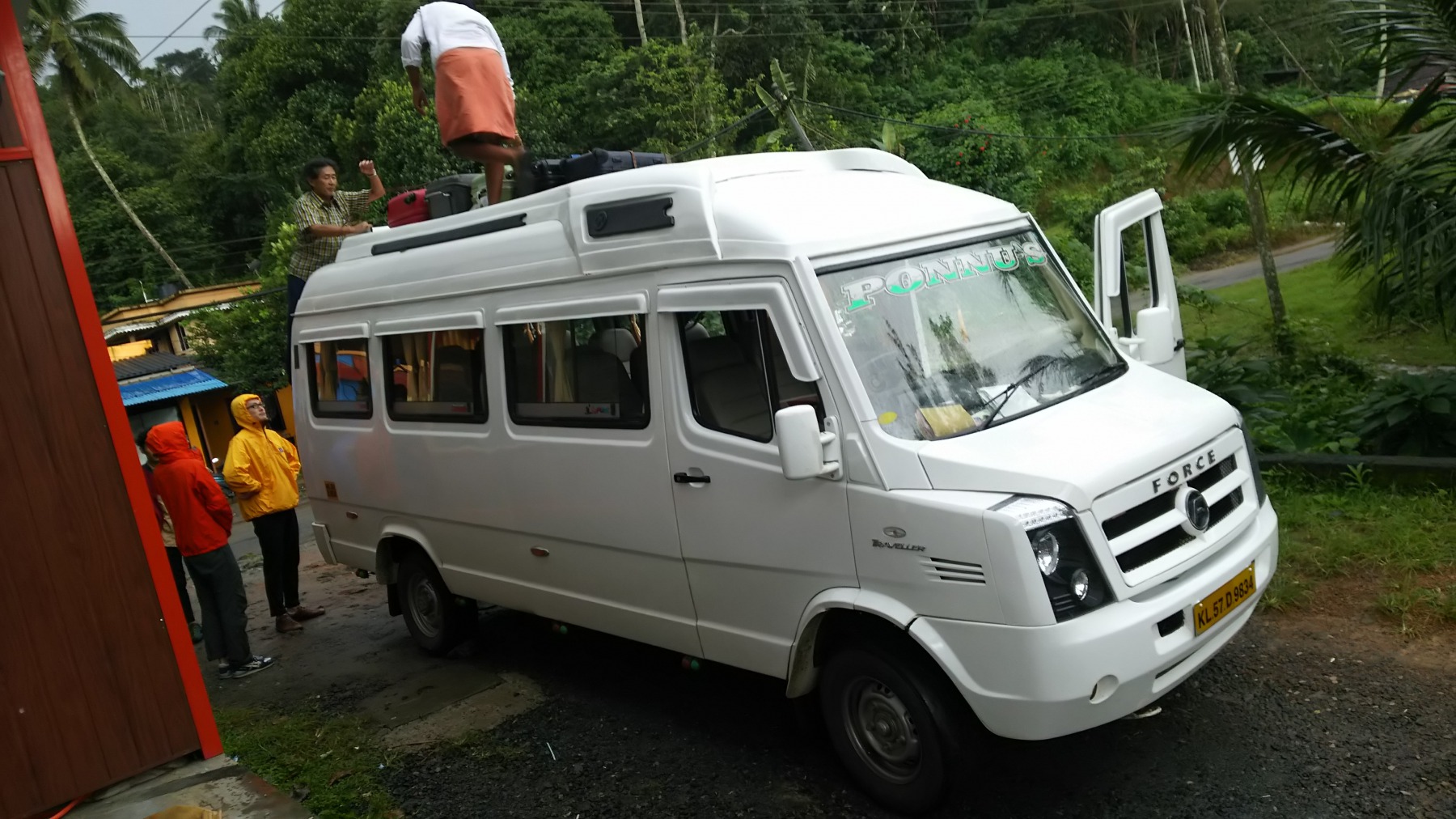
If S were a Japanese, I would have thought in a more Japanese way, and it would have been difficult to appreciate his direct expression. If I thought using the English language, it might have been difficult to realize T’s held-back kindness. This is about a change in my mind, rather than the difference between S and T. I feel more outgoing and less humble when speaking in English, partly because of the culture embedded in the English language and partly because I need more training to be able to catch the subtleties of mind through this foreign language. I am writing this essay in English for the same reason: English helps me write honestly and convey my idea simply, as I cannot elaborate on the phrases as much as I can in Japanese. So, at this moment, I cannot say anything about what cultural difference there is between the Japanese and another.
Each culture would have its own peculiarities in its manners of expression, though there should always exist subtle, elaborated states of mind in every culture, and they are often overlooked. So, S’s action might also have some hidden fluctuation of mind behind it. What one can see is only a portion of others’ acts and words. Subtle changes in body are usually difficult to decode in one’s everyday life. Still, through this incident, I thought I would like to be aware of them as much as I can, because it is the only way to touch others from the inside.
3.3 To Carry or Not to Carry, That Is NOT the Question
After the great wrap-up party that evening, we had to leave the theatre and go back to our lodge, to which we usually took a microbus. However, due to the heavy rain during the day, it was difficult for the bus to go up the mountain road, so we had to walk for a long time. As my foot could not be wet and I had difficulty walking normally, my team mates and an Indian actor (hereafter V), took turns carrying me on their back. V carried me for an especially long distance, including slippery, muddy roads. He had shown us a solo play of Bhima, the strongest human in Mahabharata, on the first day of our trip. During our way back to the lodge, he was so strong and kind; he will always be a hero to me.
Although V was so extremely strong, my teammates who carried me, were also very brave and strong. It must have taken them much courage to offer to carry someone on their backs, because it not only is tiring but also forces one to “test” his/her strength and to take the risk of slipping and falling with him/her. Also, at least in Japan, a healthy woman would not let a man carry her, or even touch her without established trust, and a man with modesty would avoid touching a woman without permission. Thus, in between the instinct to be in their comfort zone (not taking risks of touching me or falling together showing off their “uncoolness”) and their moral obligation of helping anybody having a problem (helping me and contributing to the team) they were probably conflicted. In addition, they had to offer me several times, as I turned down their offer at first, out of shame and hesitation to depend on somebody. I did not know to what extent I could accept somebody’s help, and wondering if it is rude to reject somebody’s kind offer.
After the conflicts, some members helped me by carrying me, and others by carrying my bag or shining a torch on our way. For the latter, their own way of kindness and responsibility can be seen. In a big drama, somebody taking a big action might attract attention, but what we have learned in this theatre class is to realize the much smaller mental conflicts whose results do not necessarily appear in big actions. Thus, although I often hear that Japanese men do not have enough hospitality and I also had thought the same way until the second day of this trip, they actually have their own considerations and fluctuations of mind, which is the case for me, too.
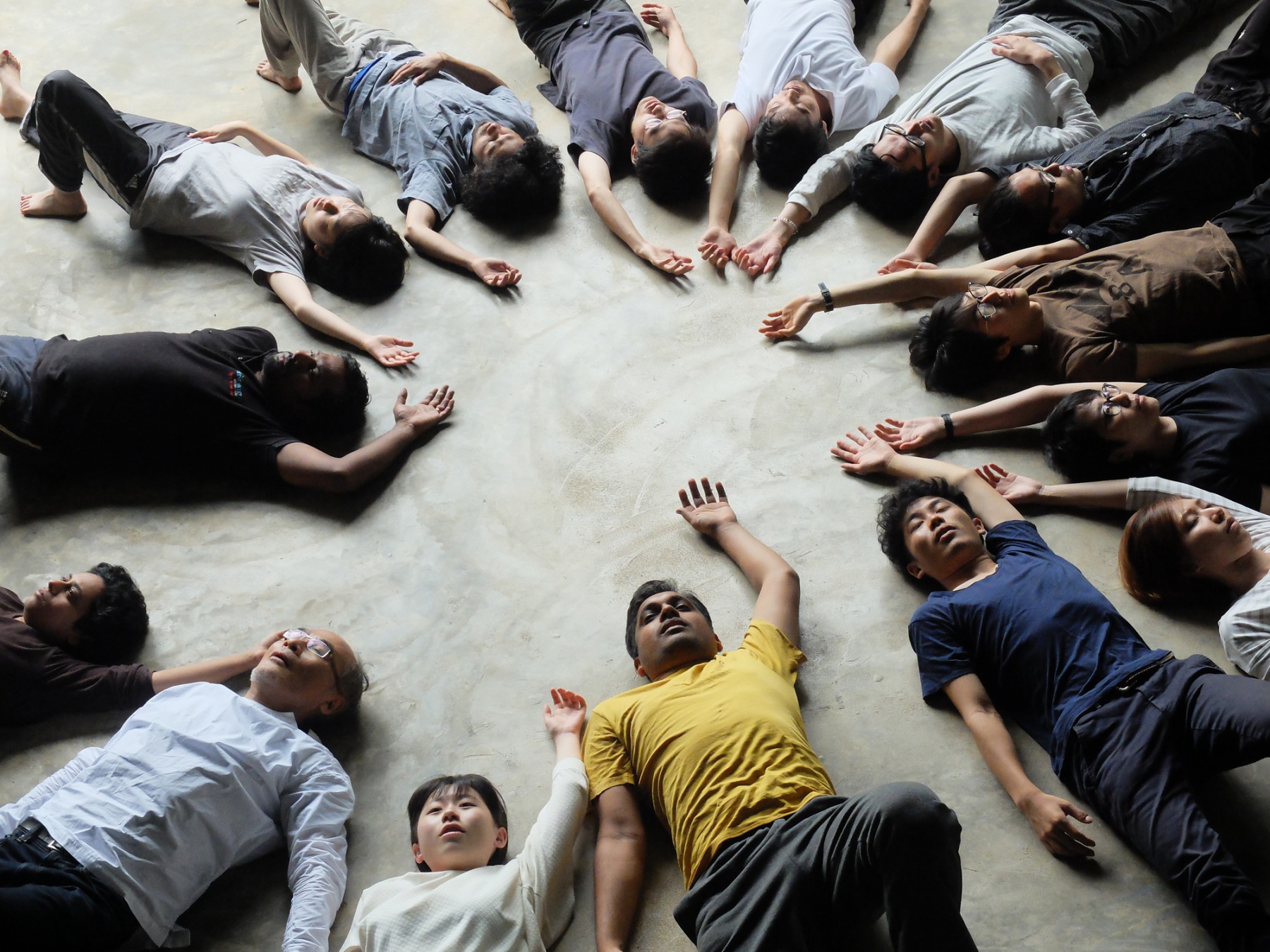
Also, I would like to add here that I have never regretted not being skinny as much as that night.
4 Conclusion
To sum up, our trip to Attappady gave me an opportunity to reconsider the processes involved in making a decision to take an action, which make up our everyday lives. This was clearer when I got injured, perhaps because I felt the power of others’ bodies while they were touching me. Although what I wrote here is only a slight realization on this theme, I am sure the body, in a broad sense, conveys the subtleties of the mind.
Finally, I appreciate all the kindness by Mr. Sankar, participants from India, and everybody who helped us with food, accommodation, and transportation. I am also grateful for the tour management and support for our study by Mr. Kobayashi, Mr. Naito, and Mr. Oike; and to Mr. Oishi and Ms. Tateishi for waiting for us in Japan, and Ms. Ando for giving us this opportunity.
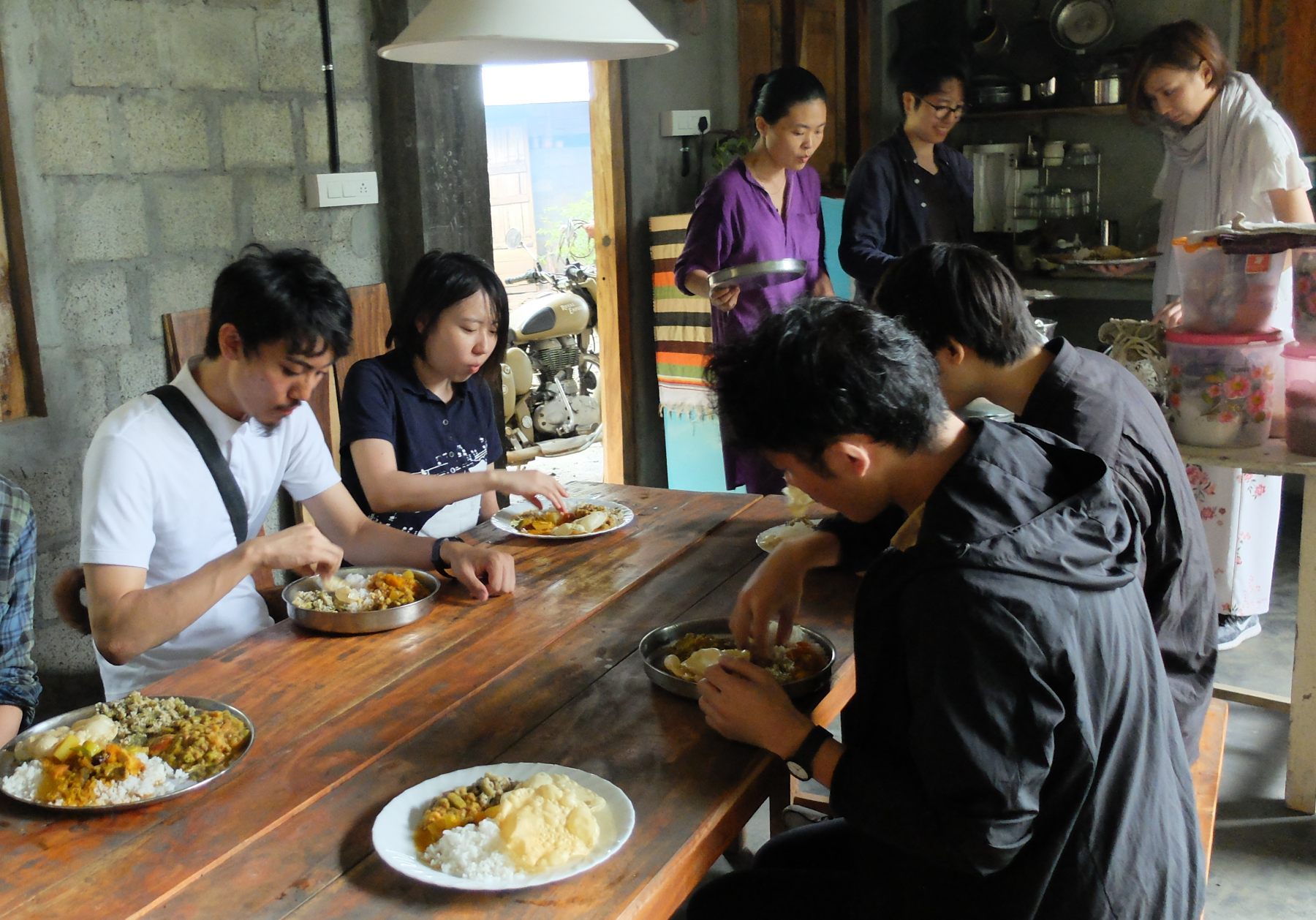
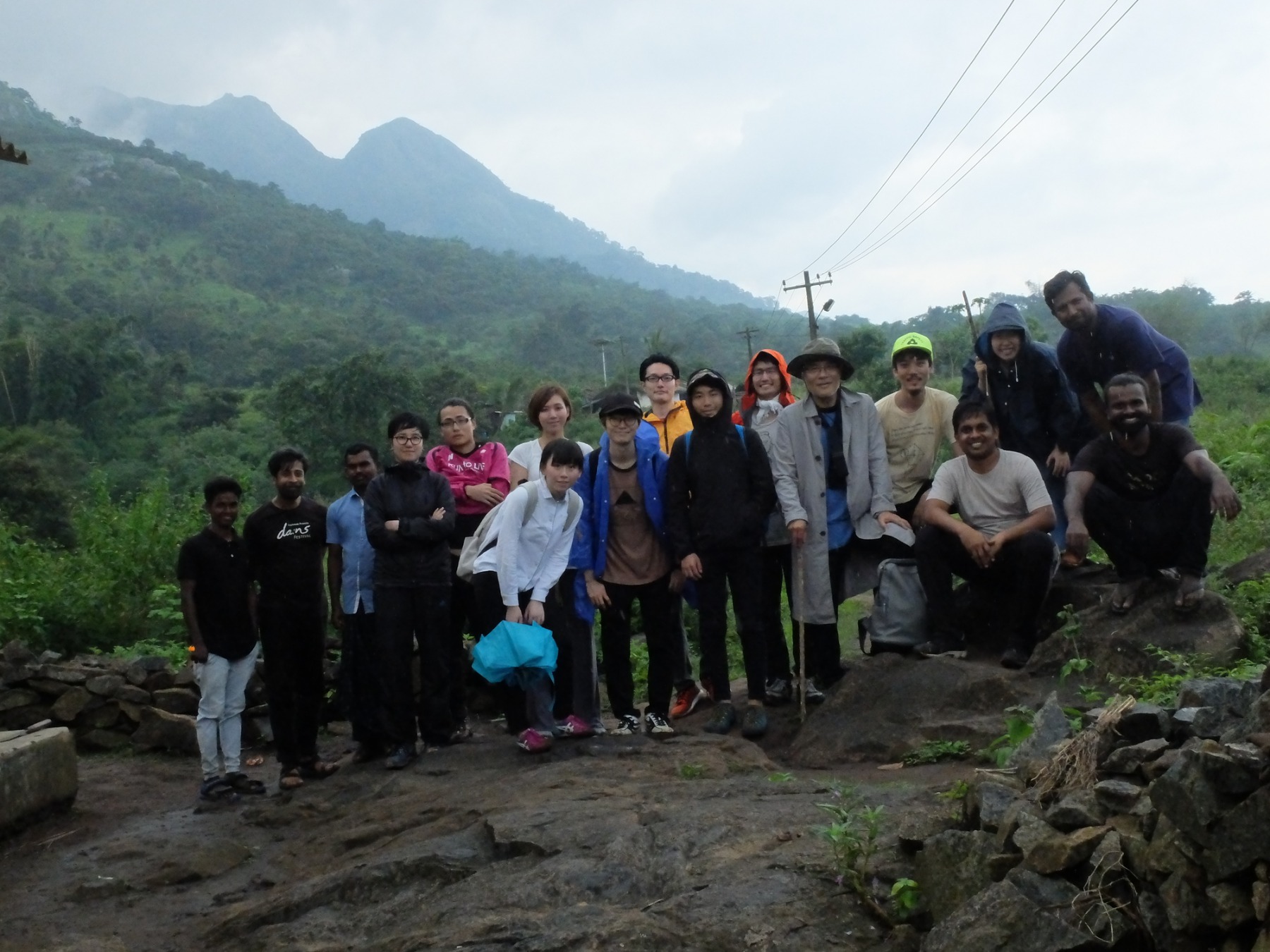
Related post


